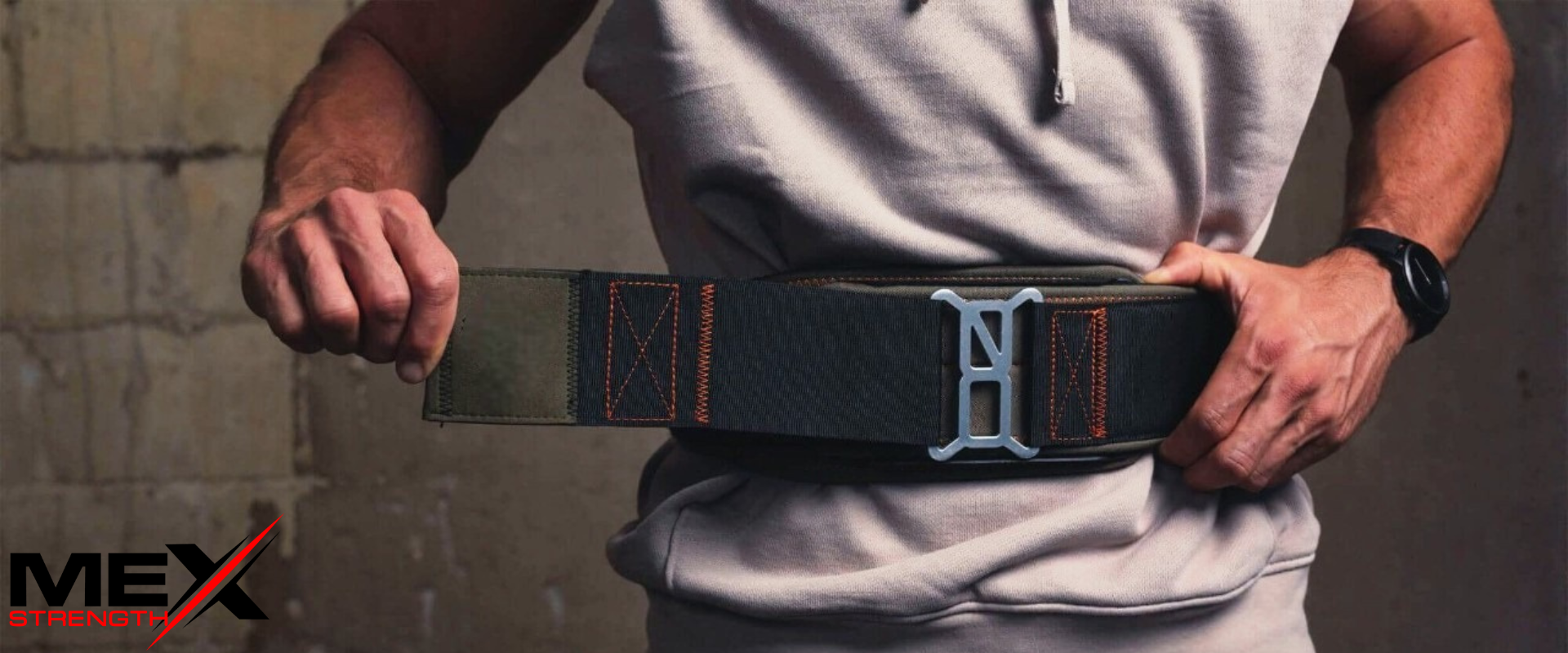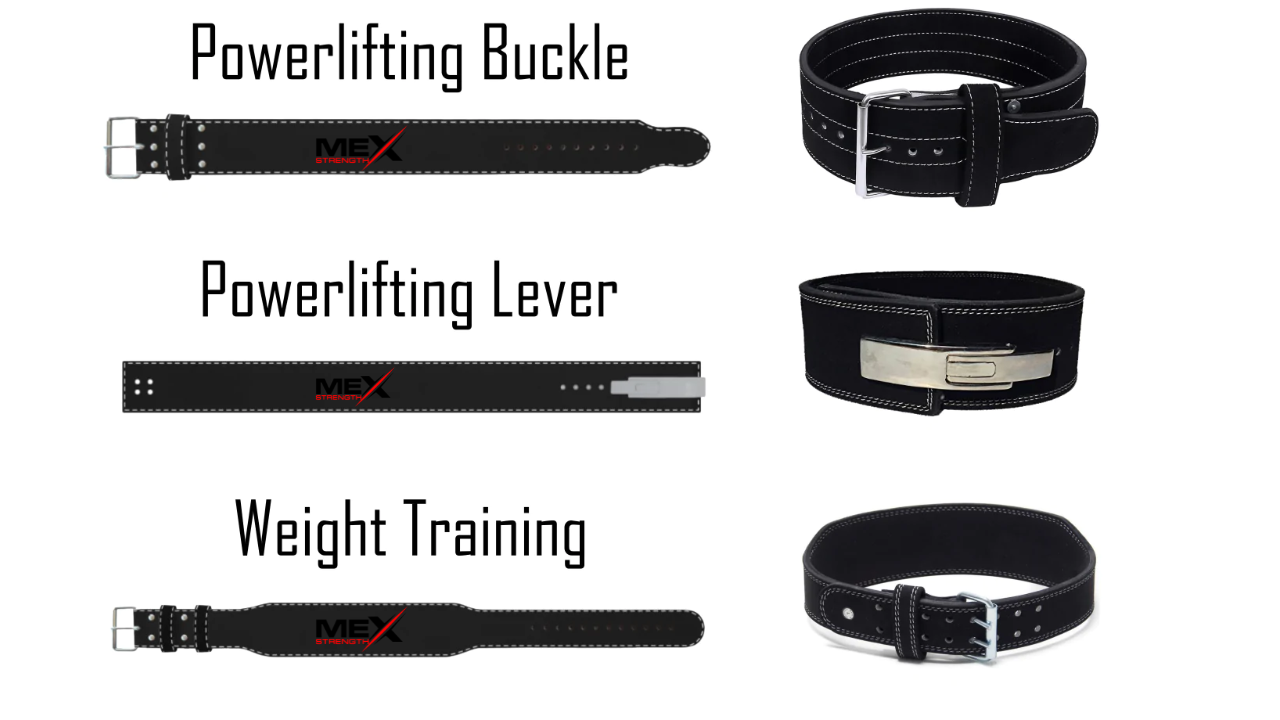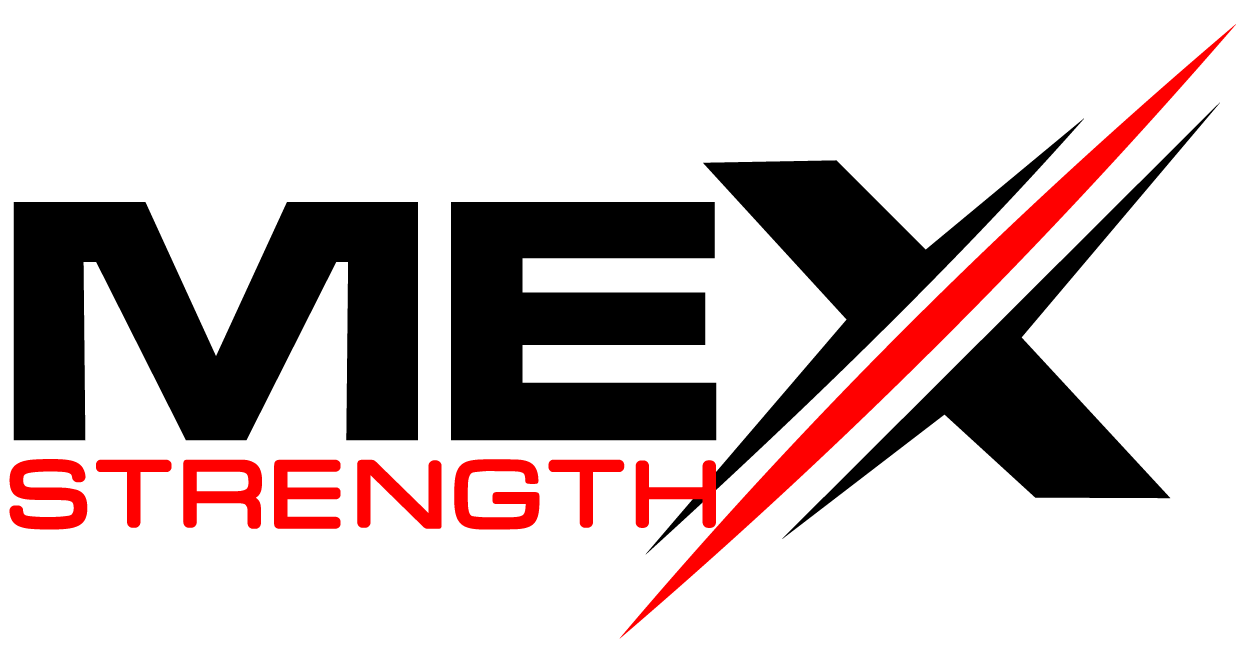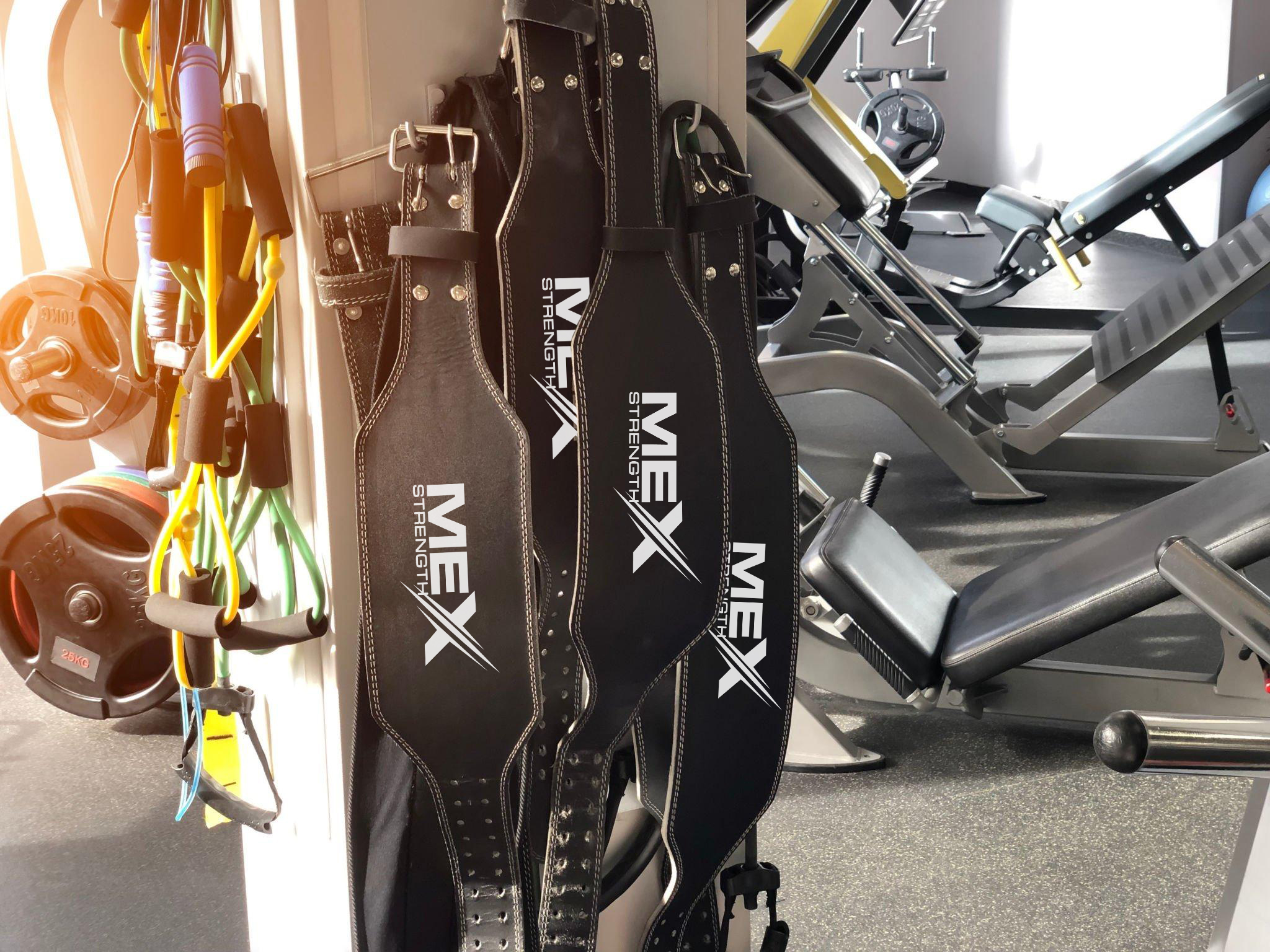When you first begin your exercise regimen, it is best to start using a lifting belt. It will be difficult at first if you’re new to weightlifting, which could result in injuries!
Lifting belts have been important in the weightlifting community for decades, providing support for the lower back during heavy lifts. But when should someone begin wearing a lifting belt?
This article will show you how to maximize the benefits of wearing a weightlifting belt and when to begin using one.
Let’s first examine what a lifting belt is and its functions. During strenuous lifting activities, the lower back is supported by a lifting belt, which is a wide band of material that goes around the waist and is often made of leather or synthetic materials. A lifting belt can aid in reducing the risk of injury and enhancing performance by raising intra-abdominal pressure and stabilizing the lower back.
When To Start Using A Lifting Belt
Here are some general guidelines for when to start using a lifting belt:

- When you are lifting heavy weights: If you are regularly lifting weights that are close to or above your maximum, a lifting belt can help support your lower back and prevent injury.
- When you are performing exercises that put extra stress on your lower back: Exercises like squats, deadlifts, and overhead presses can put a lot of pressure on your lower back. If you are performing these exercises regularly, a lifting belt can help support your back and prevent injury.
- When you are recovering from an injury: If you have recently suffered a lower back injury or strain, a lifting belt can help support your back during your recovery.
- When you feel like you need extra support: Some people feel more comfortable and confident lifting with a belt. If you feel like you need extra support, a lifting belt can be a good option for you.
It’s important to note that a lifting belt should not be used as a substitute for proper lifting technique and form. It should also not be relied on as a long-term solution for preventing injury. Proper warm-up, stretching, and strengthening exercises should also be a part of your lifting routine.
Types Of Lifting Belts
There are many types of weightlifting belts, including:

- Leather Belts: Leather belts are a classic and versatile accessory that can be worn with a variety of outfits, from casual to formal. They are durable and long-lasting due to the strength of the leather material, which can withstand daily wear and tear.
- Nylon Belts: Nylon weightlifting belts are generally lighter and more flexible than leather belts, which can be an advantage for some lifters. Nylon belts also tend to be more affordable than their leather counterparts, making them a popular choice for those on a budget.
- Velcro Belts: Velcro belts are a great choice for fitness enthusiasts who want a convenient and easy-to-use belt for their workouts. They are made with a hook-and-loop closure system that allows for easy and quick adjustments, making it easy to switch between exercises or adjust the belt for a more comfortable fit.
- Powerlifting Belts: Powerlifting belts are typically made of thick, stiff leather or other durable materials and are designed to provide support and stability to the lower back and abdominal muscles during heavy lifts. These belts are usually wider in the back and taper down towards the front, allowing for a snug fit and reducing the likelihood of the belt digging into the hips or ribs during exercises.
- Dip Belts: Weighted belts are a popular piece of equipment used to add resistance to bodyweight exercises such as dips, pull-ups, and chin-ups. These belts typically feature a chain or strap that can be adjusted to fit around the waist, and weight plates or sandbags that can be attached to the chain or strap
- Weightlifting Belts with Chains: Weightlifting belts with chain attachments are designed to provide additional support and resistance during weight-lifting exercises. The chain attachment allows you to add weight plates to the belt, which increases the amount of weight you are lifting and provides an additional challenge to your muscles.
How To Choose The Right Lifting Belt
- Material: Look for a lifting belt made from durable, high-quality materials such as leather or heavy-duty nylon. These materials provide the necessary support and stability during heavy lifting.
- Width: The width of the lifting belt should be between 4 and 6 inches. This width provides the necessary support to your back and core during heavy lifts.
- Thickness: A good lifting belt should be thick enough to provide adequate support, but not too thick that it restricts movement. A thickness of around 10mm is a good general guideline.
- Size: Make sure to measure your waist and select a lifting belt that fits snugly but is not too tight. A properly fitting belt should provide support without restricting movement or causing discomfort.
- Buckle: The type of buckle you choose can impact how easy it is to put on and take off your belt. A quick-release buckle may be preferable for some lifters, while others may prefer a prong or lever buckle for added security.
- Purpose: Consider the specific exercises you’ll be performing when selecting a lifting belt. Powerlifting belts, for example, are typically thicker and wider than weightlifting belts, providing more support during heavy squats and deadlifts.
By considering these factors, you can choose a lifting belt that provides the necessary support and stability for your lifting goals. However, it’s important to remember that a lifting belt is not a substitute for proper form and technique. Always consult with a qualified fitness professional for guidance on proper lifting form and technique.
How To Use A Lifting Belt
- Warming up before using a lifting belt is crucial for improved performance and injury prevention.
- Tighten the belt to an appropriate level of support before lifting, making sure it is snug but not restricting breathing or movement.
- The lifting belt is most effective for heavy lifts like squats, deadlifts, and overhead presses.
- It is not necessary to use the belt for lighter lifts or accessory exercises.
Pros And Cons
Pros
- Utilizing a weight lifting belt can augment the intra-abdominal pressure, thereby furnishing reinforcement and steadiness to the lower back when performing arduous lifts. This measure can be advantageous in averting harm and enhancing overall performance.
- By lending support and stability to the lower back, a weight-lifting belt can aid in refining form and technique while executing strenuous lifts. This could culminate in superior outcomes and diminish the likelihood of sustaining injuries.
- The utilisation of a weight lifting belt can instil a sense of assurance and bolstered confidence, enabling the lifter to concentrate on their performance and strive to lift heavier weights.
Cons
- The core muscles may not be as fully engaged when the weight-lifting belt is used as support, which could result in diminished overall strength and stability.
- Some weightlifters could become unduly dependent on the lifting belt, which would eventually result in diminished core strength and a higher risk of injury.
- The difficulty of breathing while wearing a weightlifting belt may affect performance and raise the risk of injury.
- Weightlifting belts can be pricey, particularly those made of premium leather.
Note: It’s essential to use the belt correctly and not become overly reliant on it, as this can lead to decreased core strength and increased risk of injury.
Summary
Strength trainers may find a lifting belt to be a useful tool for supporting and stabilizing their lower backs during challenging lifts. To achieve top performance and injury prevention, the belt must be used appropriately and the proper size and material must be selected. Additionally, you must speak with a doctor or physical therapist before utilizing a lifting belt if you are in pain while lifting. For more details visit our website.


